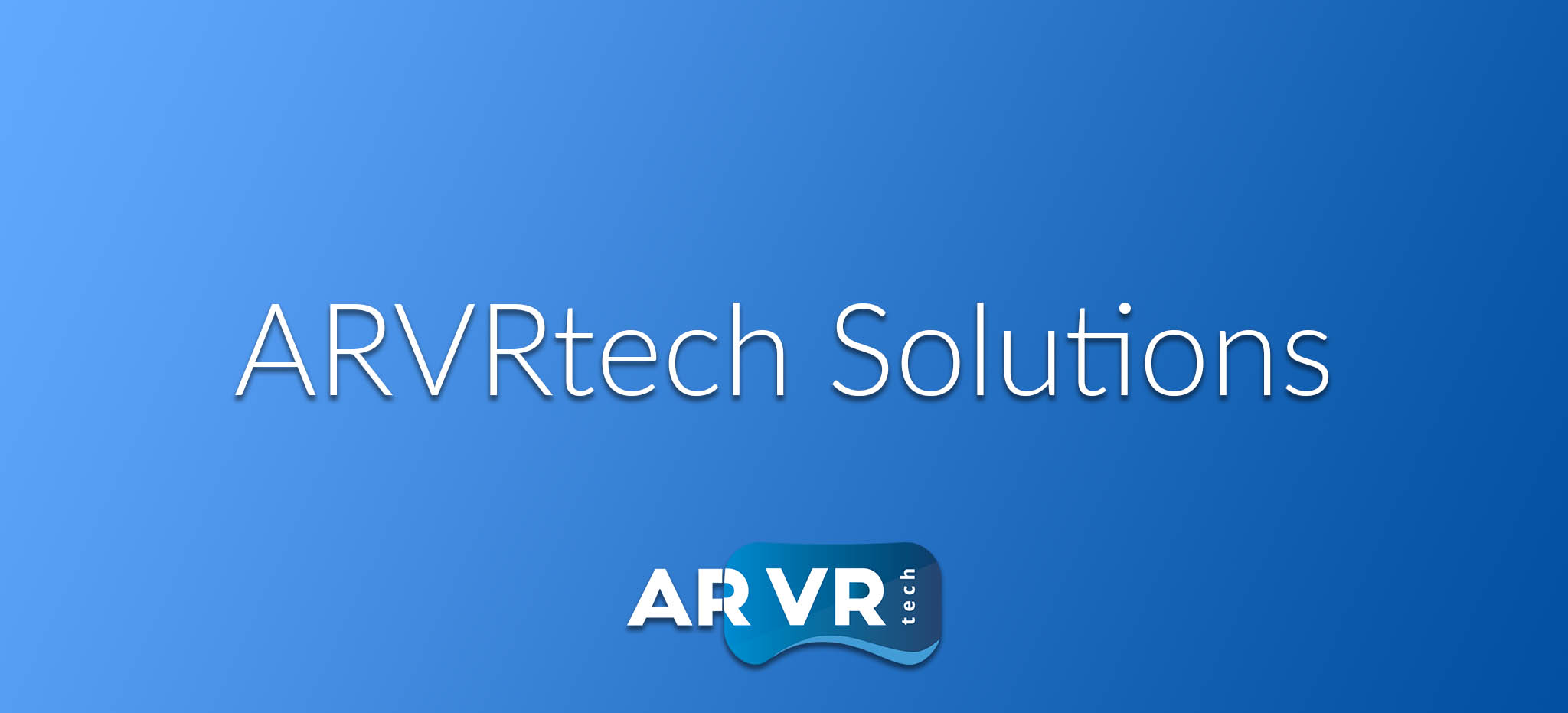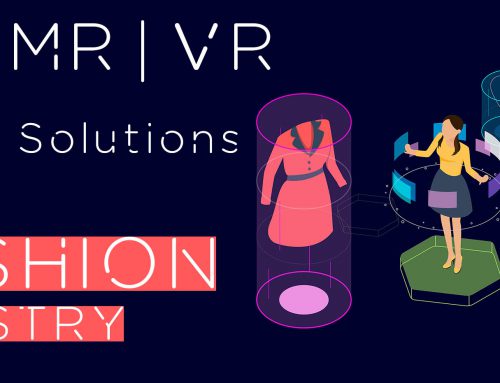
When it comes to new gadgets and solutions: they may confuse us, intrigue or amaze us, yet certainly they may not leave us indifferent. The interest and even passion for Augmented and Virtual Reality has expanded beyond the community of developers to experts in other industries and fans of latest gadgets and coolest technologies. Still, there may be some confusion left that needs to get clarified until these inventions become mainstream.
This text will help you understand main differences among Virtual, Augmented and Mixed Reality or in other words ‘‘let us discuss everything you wanted to know, but you were afraid to ask.’’ Just remember that HCI or human computer interaction is visible on numerous occasions via mice, keyboards, touch, voice, inc and even Kinect skeletal tracking.
Virtual Reality allows users to interact with the world of immersive multimedia or computer-simulated reality as if they are physically present in that environment. Where there is VR, there are plenty of head-mounted displays (HDMs) from Oculus Rift, HTC Vive, Samsung Gear, Google Cardboard, etc. Slowly but surely, even the premium ones will become more affordable and available to a greater market segment.
Until the moment that each of us has a personalized headset as if nowadays is the case with mobile phone, we can try out high-end VR gears at trade shows, conferences and parties that companies and organizations organize. Another option is to experience web-based VR or to go for mass-market Google cardboards. One of the reasons why VR is so immersive is that when you move, the world around you adjust as if you were shifting your position in real life.
Recode defines head-mounted displays and experiencing VR content as if you ‘‘see through the screen in front of your eyes, which in turn is powered by a computer, gaming console or mobile phone. Thanks to specialized software and sensors, the experience becomes your reality, filling your vision; at the high end, this is often accompanied by 3-D audio that feels like a personal surround-sound system on your head, or controllers that let you reach out and interact with this artificial world in an intuitive way.
In addition, Augmented Reality provides direct interaction with real-world environment where elements are augmented by computer-generated content such as video, sound, graphics or GPS data. It is important to look at Augmented Reality as if being part of the extra layer to the real world; while the real-world content and the computer-generated content are not able to respond to each other.
Because technology for Augmented Reality i.e. mobile phones are already widely adopted and everybody around the world has them, many tech experts believe that Augmented Reality would be much more used than the VR.
PokemonGo was so successful and it opened doors of interest to those who did not know much about Augmented Reality, only to discover that there are plenty powerful and profitable AR enterprises world-wide.
And now, let us look at the phenomenon of Mixed Reality. According to Microsoft which pioneered Mixed Reality, Mixed Reality or hybrid reality means ‘‘merging of real and virtual worlds to produce new environments and visualizations where physical and digital objects co-exist and interact in real time.’’ Paul Milgram and Fumio Kishino were godfathers of Mixed Reality as they first mentioned this term in their 1994 paper “A Taxonomy of Mixed Reality Visual Displays.”
Foundry interpreted Mixed Reality as ‘‘an overlay of synthetic content that interacts with the real world and this happens in real time.’’ Several more outstanding examples from the physical world, ‘‘you place a digital object, such as a hologram, as if it was really there or an avatar of another person that shows the location where they were standing.’’ Also, inside the digital world ‘‘the physical boundaries of the real world, like walls and furniture, appear digitally inside the experience so that users avoid physical objects.’’
Although for some authors Mixed Reality seems to be most far-fetched, it opens new frontiers to human interaction with machines and experiences. Apart from Magic Leap, the cool hardware associated with Mixed Reality is Microsoft’s HoloLens. Thus, Windows Mixed Reality experiences can be delivered on two kinds of devices: holographic and immersive ones. The differences between these two devices are quite straightforward: holographic devices can place digital content in the real world as if it were really there; whereas immersive devices create a sense of “presence”, they actually hide the physical world and replace it with a digital experience.
According to Microsoft team, true mixed reality experiences can be created thanks to the combination of three kinds of input: computer processing, human input, and environmental input. The computer input from environments reached the next level thanks to ‘‘advancements in sensors and processing’’ whereas ‘‘environmental input captures a person’s position in the area thanks to head tracking, then surfaces and boundaries with spatial mapping and spatial understanding, as well as environmental sound, ambient lighting, object recognition, and location.’’
It is important to notice that HoloLens and Mixed Reality will transform how we use some of standard Microsoft services such as Skype, Fragments and RoboRaid. With next Skype versions you can ‘‘collaborate and draw in someone else’s physical environment’’ while with ‘‘Fragments and RoboRaid users always believe that they remain in their physical world’’
If you are interested to see how ARVRtech can bring AR/VR/MR magic to your fans and clients, feel free to contact us.


